Application of Stainless steel air showers in Cleanroom Technology
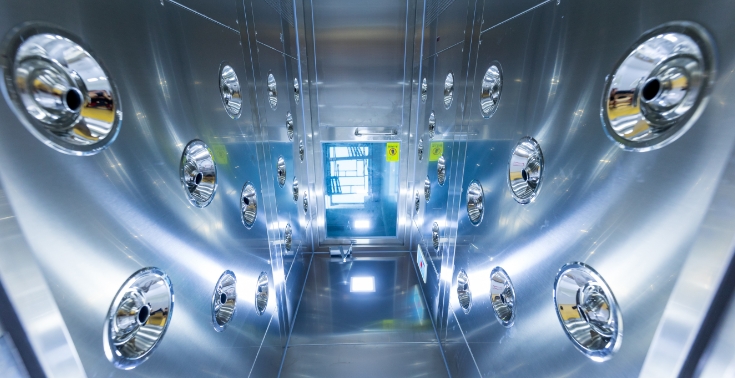
Fig. 1: Modern Cleanroom Air Shower Equipment
In the field of cleanroom technology, stainless Steel air showers play a crucial role in maintaining contamination control. These specialized enclosures utilize high-velocity air to remove particulate contaminants from personnel and equipment before they enter controlled environments. Understanding their working principles is essential for optimizing cleanroom operations and ensuring compliance with industry standards.
Working Principle of Stainless Steel Air Showers
1. Air Intake and FiltrationAir is drawn into the air shower from the surrounding environment and passes through a series of filters, typically starting with pre-filters and followed by HEPA filters, to remove dust and other contaminants.
2. High-Speed Airflow GenerationAfter purification, powerful blowers force the air through nozzles arranged inside the air shower. These nozzles generate a strong, directed stream of clean air with velocities reaching up to 25 meters per second, effectively dislodging particles.
3. Particle RemovalThe high-speed airflow dislodges dust and other particles from clothing, skin, and carried items, acting like a rapid and efficient purge to ensure no unwanted contaminants are introduced.
4. Contaminated Air RecirculationThe particle-laden air is drawn down through grilles or hollow walls and returned to the filtration system for re-purification before recirculation, making the air shower a closed-loop system.
5. Interlocking Doors and Control SystemThe air shower's two doors employ an Electronic interlock system so they cannot be opened simultaneously, helping to maintain the controlled environment. The control system allows management of parameters such as air shower cycle duration, airflow velocity, and lighting settings.
6. Emergency FeaturesFor safety, an emergency stop button and power failure safety features are typically provided, meaning that in an emergency or power outage, the doors will automatically open to allow personnel to exit.
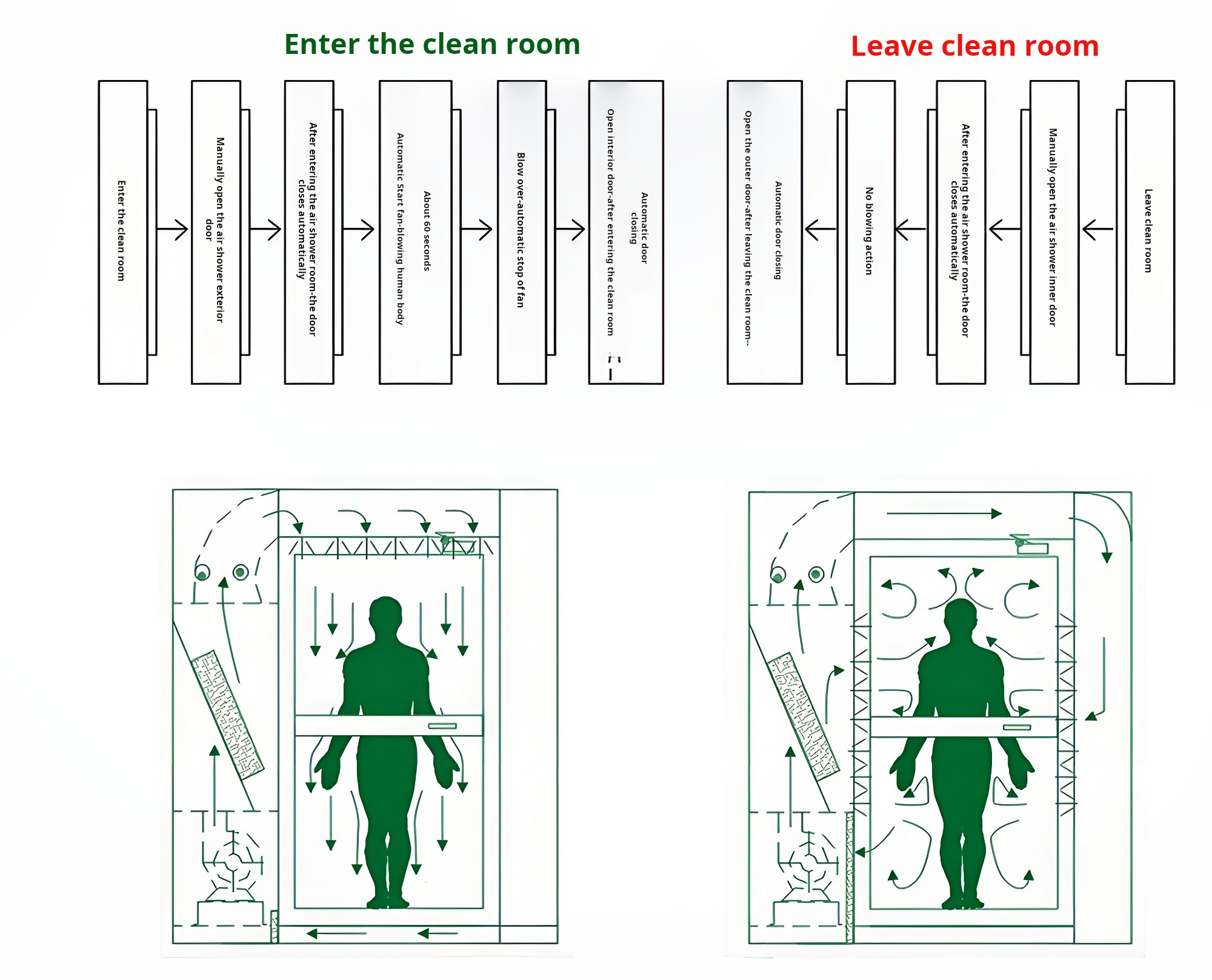
Fig. 2: Air Shower Working Principle Diagram
List of Relevant Standards
| Standard | Description |
|---|---|
| ISO 14644-1 | International standard for cleanrooms and associated controlled environments |
| GMP Guidelines | Good Manufacturing Practice guidelines for quality assurance |
| IEST-RP-CC001.3 | Recommended practices for cleanroom operations |
Benefits of Air Showers
Reduced Contamination Risk
Air showers significantly reduce contamination risk by efficiently removing particulate contaminants from personnel and equipment surfaces.
Enhanced Personnel Safety
Emergency features and safety designs ensure operator safety in all scenarios, including power outages and other emergencies.
Improved CleanRoom Efficiency
Rapid and efficient air purge cycles minimize personnel and equipment wait times, enhancing overall cleanroom operational efficiency.
Industry Standard Compliance
Design and functionality comply with international cleanroom standards, helping companies meet strict industry regulations and certification requirements.
Minimized Maintenance Costs
High-quality stainless steel construction and modular design simplify maintenance and reduce costs, extending equipment service life.
Increased Operational Reliability
Carefully designed components and control systems ensure stable and reliable air shower operation, minimizing downtime.
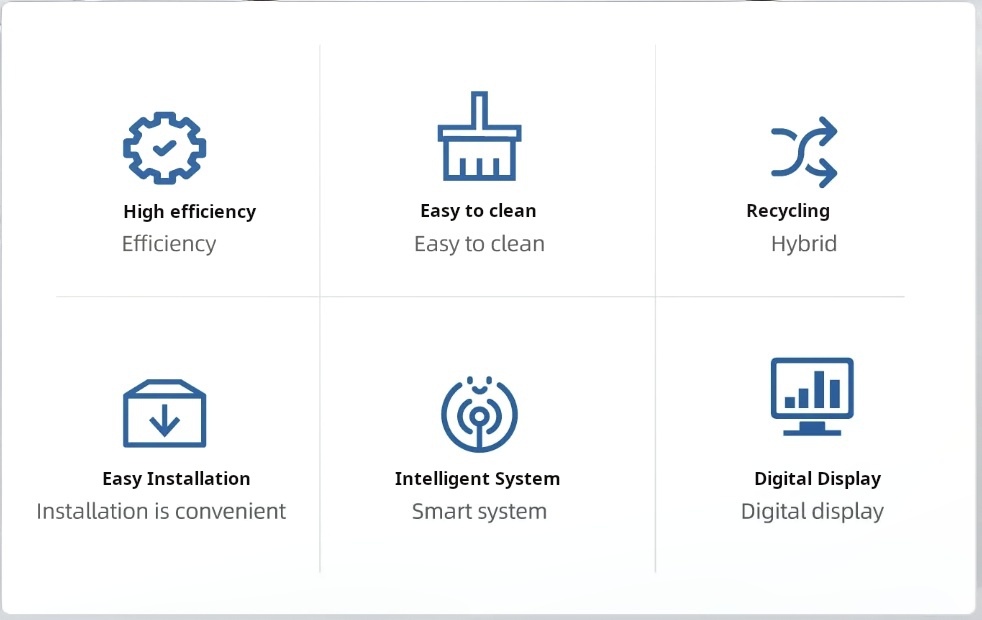
Fig. 3: Air Showers Improve Cleanroom Efficiency
Basic Principle of Air Showers
Air showers operate by creating a controlled environment where high-velocity air removes contaminants. The system ensures all surfaces are effectively cleaned before entry into the cleanroom, maintaining a sterile environment. Air is recirculated and filtered to ensure continuous cleanliness.
Key Points
- Air showers are an essential component of cleanroom contamination control
- High-velocity airflow (typically 20-30 meters per second) is critical for particle removal
- HEPA or ULPA filters ensure high purity of recirculated air
- Standard air shower cycle times typically range from 20-60 seconds
- Proper airflow velocity, uniformity, and nozzle layout are crucial for effective cleaning
"Regular maintenance and monitoring of air shower systems are critical to ensure optimal performance and compliance with health and safety regulations."
How to Fix Air Shower Faults?
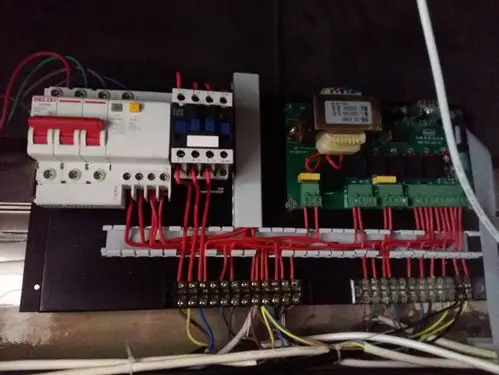
Fig. 4: Air Shower Troubleshooting Flow
Troubleshooting Guide
1Identify the Problem
Start by checking for common issues such as power failures, clogged Air Filters, or control panel errors. Observe system behavior, noting any unusual noises, error indicators, or performance degradation.
2Check Power and Connections
Ensure the power supply is stable and all connections are secure. Check circuit breakers, fuses, and power switches. If the air shower fails to start, this is often the most common cause.
3Inspect Air Filters
Check air filters for blockages and replace them if necessary. Clogged filters reduce airflow efficiency and impact air shower performance. Depending on usage frequency, filters should be replaced every 3-6 months.
4Check Blowers and Air Pressure
If airflow velocity is low or air pressure is insufficient, check the blower and associated components. Ensure the blower is operating normally with no obstructions. Inspect blower belts for looseness or wear, adjusting or replacing them as needed.
5Check Control System
Check the control panel for error codes or abnormal displays. Reset the system and verify all settings are correct. If the problem persists, professional technicians may be required to inspect the control system circuit boards and sensors.
6Check Door Interlock System
If doors fail to open or close properly, inspect the door interlock system. Ensure door locking mechanisms are undamaged and sensors are functioning correctly. Clean door seals and contact surfaces to ensure no obstructions.
Preventive Maintenance Recommendations
- Establish a regular maintenance schedule with comprehensive checks at least quarterly
- Replace filters regularly based on usage frequency
- Inspect and clean blowers and nozzles to ensure no blockages
- Test emergency stop functions and door interlock system operation
- Check and calibrate airflow velocity and timer settings
- Keep the area around the air shower clean to reduce potential contamination
Air Shower Fans
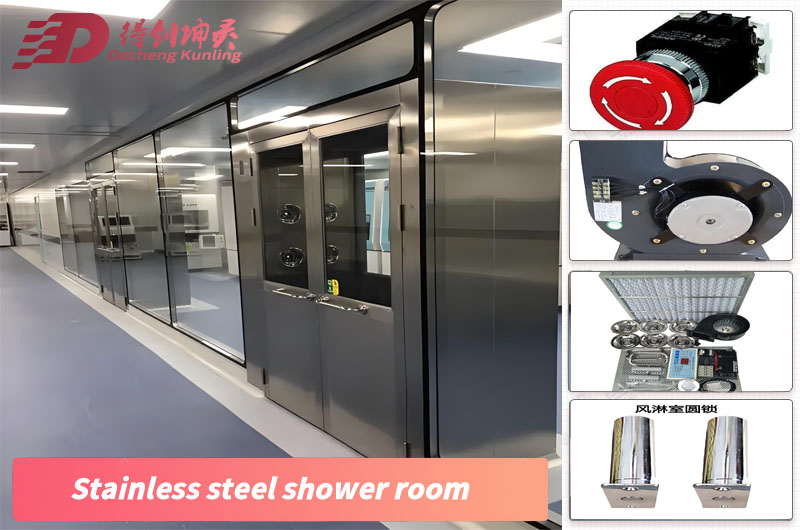
The air shower fan is a critical component that generates the high-velocity airflow needed to effectively remove contaminants. These fans are specially designed to provide continuous, efficient performance in cleanroom environments.
Core of Airflow Generation
The fan generates high-velocity airflow, typically directed through multiple nozzles to ensure comprehensive吹扫 of personnel and equipment surfaces.
High-Efficiency Design
Optimized specifically for cleanroom environments, fan designs prioritize low noise, high energy efficiency, and corrosion resistance to ensure long-term reliable operation.
Performance Standards
Fans must meet specific standards to ensure optimal operation, including providing sufficient static pressure to overcome filter resistance and maintaining required face velocities.
Fan Maintenance Essentials
- Regularly check blower belt tension and wear
- Clean blower blades and housing to prevent dust accumulation affecting performance
- Inspect blower bearings for lubrication, adding oil as needed
- Monitor blower operation noise; unusual noises may indicate bearing or other component failures
- Periodically calibrate blower speed to ensure design airflow velocities are achieved
"The fan is the heart of the air shower. Regular inspection and maintenance are critical to ensure peak efficiency in cleanroom environments."
Cleanroom design and Planning Guide
Learn about key considerations in cleanroom design, including layout, airflow patterns, and material selection to ensure compliance with industry standards.
Read MoreDifferences Between HEPA and ULPA Filters
Gain in-depth understanding of the performance characteristics, application scenarios, and maintenance requirements of different filter types to select the best solution for your cleanroom.
Read MoreCleanroom Certification Process Explained
Comprehensively understand the steps, standards, and best practices for cleanroom certification to ensure your facility meets international requirements.
Read More +86 18186671616
+86 18186671616 Jason@cleanroomequips.com
Jason@cleanroomequips.com
 MENU
MENU


